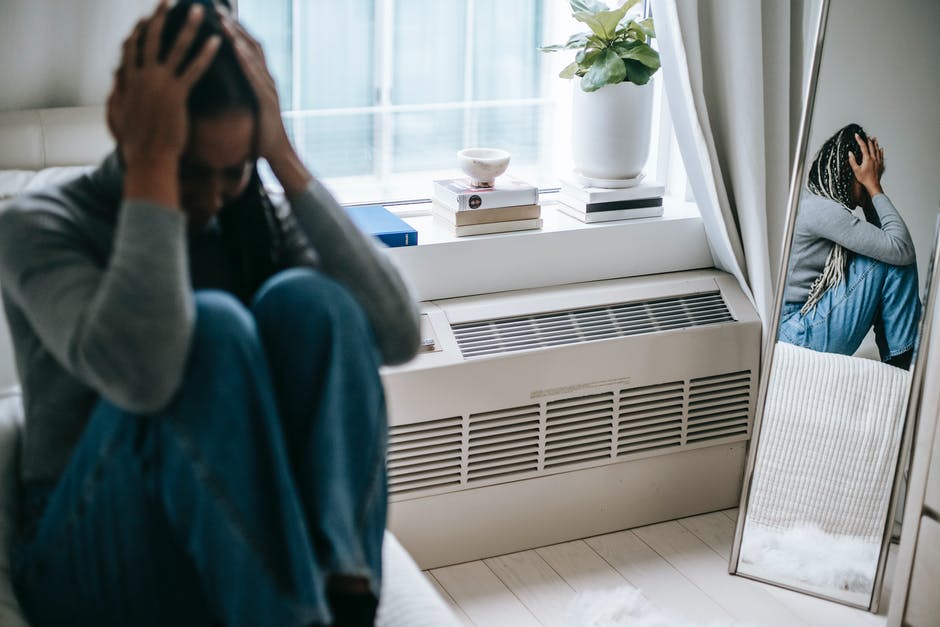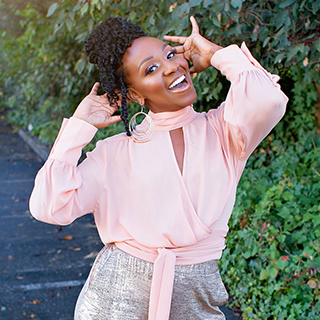More than 40 million adults in the United States have anxiety disorders. This amounts to nearly one in five or 20% of the adult population.
Further, about 7% of children ages 3-17 years experience anxiety, too.
There are many different types of anxiety disorders, but every one of them can be debilitating. Keep reading to learn about common anxiety disorders and how to spot them.
What Is Anxiety?
Anxiety is a general state of worry. Anxiety can be normal, especially in situations of stress or danger.
However, many people experience anxiety excessively. Whether it’s due to past stressors or a feeling of impending danger, these patients can live in a near-constant state of worry.
Signs of an Anxiety Disorder
Anxiety may look different for everyone with the condition. But, there are a few common signs and symptoms to look out for:
- Panic or fear
- Nausea
- Dizziness
- Shortness of breath or hyperventilation
- Palpitations
- Dry mouth
- Feelings of danger or doom
- Cold, sweaty, or numb extremities
- Tense muscles
- Problems sleeping
- Not being able to stay calm
- Rethinking problems over and over again
- Inability to stay still
- Obsessions about fears
- Inability to concentrate
Anxiety in teens and children may look slightly different. Signs of their anxiety may reflect in their schooling.
They may become distracted easily, complain about stomach aches or headaches, or withdraw from social situations. As anxious children grow into anxious teens, you may notice an increase in self-consciousness or a debilitating sensitivity to criticism.
Related: Counseling & Therapy for Teens
Different Types of Anxiety Disorders
Common anxiety disorders include generalized anxiety disorder (GAD), obsessive-compulsive disorder (OCD), panic disorder, posttraumatic stress disorder (PTSD), and social phobia (social anxiety disorder).
Each one of these types of anxiety disorders has its own characteristics and signs.
Generalized Anxiety Disorder (GAD)
Generalized anxiety disorder (GAD) is a type of chronic anxiety with symptoms of exaggerated worry and tension. Often, there isn’t anything that provokes it.
Rather, these patients are somewhat anxious no matter the situation they’re in. They always have some kind of anxiety.
Obsessive-Compulsive Disorder (OCD)
Patients with obsessive-compulsive disorder (OCD) have recurrent, unwanted thoughts (known as obsessions) and/or repetitive behaviors (known as compulsions). Giving in to these obsessions and compulsions may provide short-term relief, but patients need long-term care as these thoughts and actions can take over their lives.
Panic Disorder
Panic disorder causes unexpected episodes of intense fear. Patients may experience acute physical symptoms of anxiety, including chest pain and shortness of breath.
Posttraumatic Stress Disorder (PTSD)
Patients with PTSD have had exposure to a traumatic event in the past that triggered the development of anxiety. Because of this event, patients may have flashbacks or panic attacks with related triggers.
Social Phobia (Social Anxiety Disorder)
Patients with social phobia have overwhelming anxiety when it comes to social situations. Even everyday situations may cause excessive self-consciousness and worry.
These patients may not be able to have a standard conversation or eat in front of others.
Honor Your Emotions
These different types of anxiety disorders may become overwhelming. If you need help navigating your emotions, consider anxiety counseling with Honor Your Emotions.
Honor Your Emotions is a therapy practice in Dublin, CA serving the East Bay Area including Pleasanton, San Ramon, Livermore and Danville.
Call (925) 577-4732 today for a free consultation!
More Posts About Anxiety & Depression:


